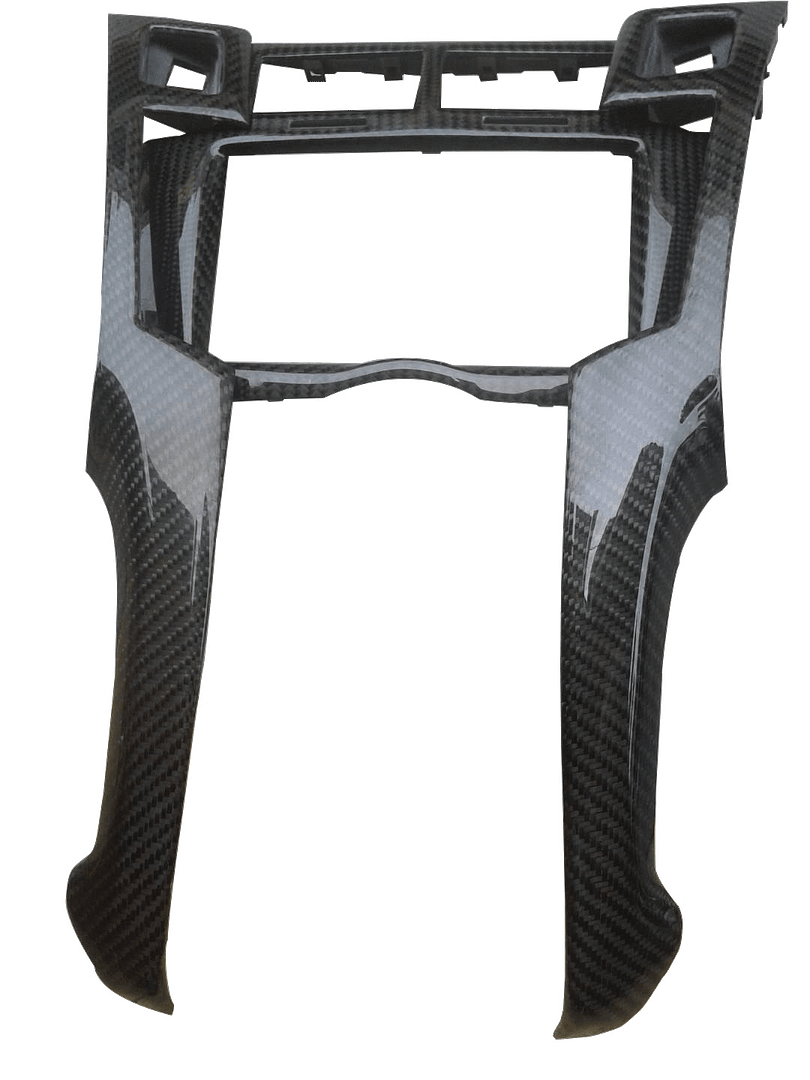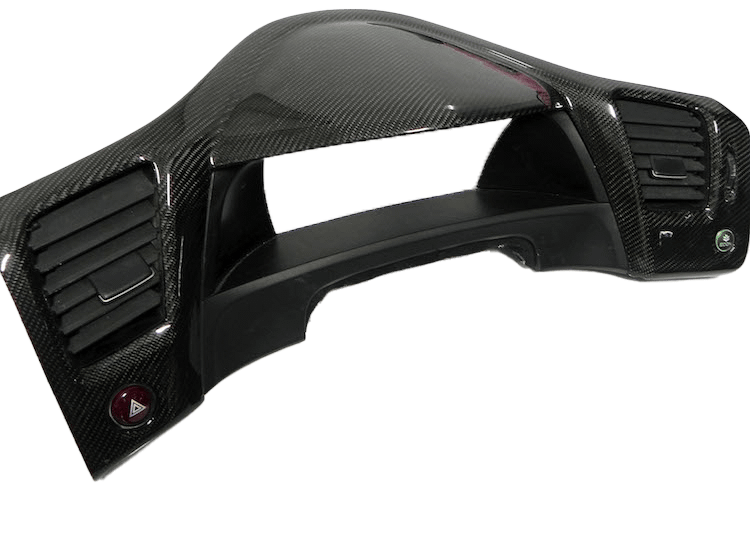Twill Weave Carbon Fiber Fabric
Model: MAX-BTCF
Twill carbon fiber fabric is a popular choice for composite projects due to its unique properties and aesthetics. It is made from high strength carbon fiber 1k , 3k, 6k and 12k. The twill and plain weave are the most popular weave patterns. They provide superior tensile strength in both 0/90 directions. The twill weave is more flexible and more glorious than the plain pattern, but it’s also easy to come apart and difficult to keep shape, so it should be handled carefully and spray some setting agent if necessary. These fabrics are not just good looking, but also with superior mechanical properties, like high strength, modulus, rigid, light weight, anti-corrosion, etc. For these properties, the carbon fiber fabric is desirable alternative to traditional materials, now the carbon fiber fabric is widely used in automotive, marine, boat building, racing, sports tools, even structural strengthening of concrete buildings.
The carbon fiber fabric can be processed in many ways, such as wet-layup, vacuum infusion. It can be wrapped on products to make it glorious and tough. We also supply carbon fiber prepreg, which is easier to handle than dry carbon fiber fabric, because it’s not easy to come apart and better resin control.
Twill carbon fiber fabric is used similarly to other carbon fiber fabrics in composite projects. Here’s a general process:
100meter per roll, the biggest width 150cm, one roll for each carton, then packed in pallet, wrapped with plastic film.
For small order, we recommend shipment by DHL and FedEx. For bigger order, more than 4rolls, we recommend air freight. Because of carbon fiber is light weight, air freight is more preferable than sea shipment. We sell globally, please don’t hesitate to contact us for product and price details.


